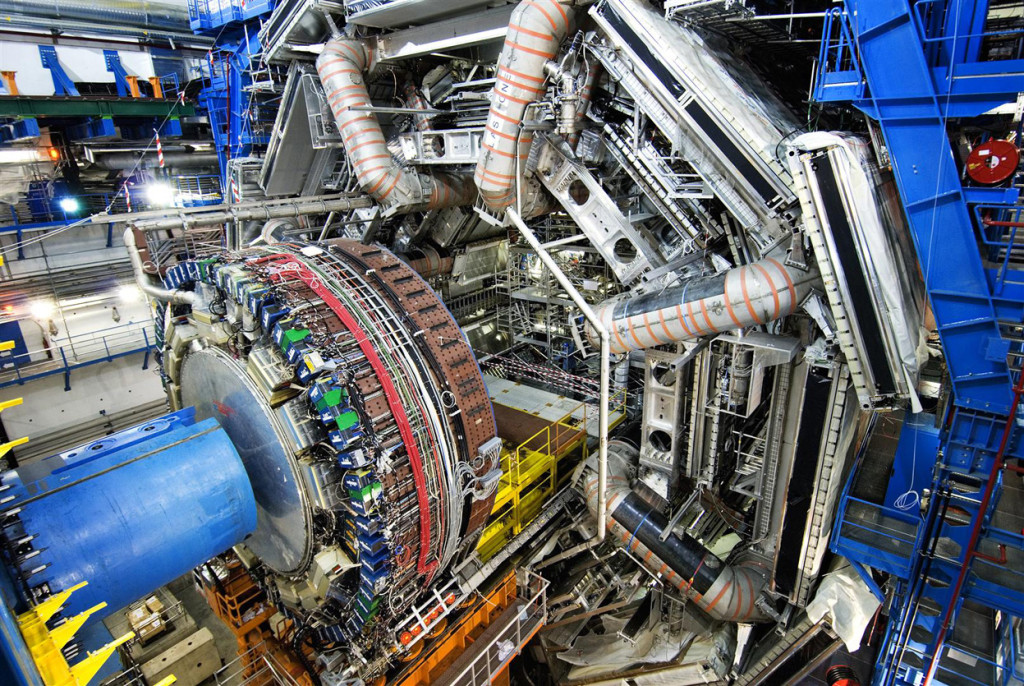Physicists have successfully prepared the CERN’s Large Hadron Collider (LHC) for carrying out the second experiment in 2015. This year, they expect to make discoveries even more fascinating than the Higgs boson. The discovery had won the 2013 Nobel Prize for physics as the Higgs boson explained how objects have mass. The CERN had upgraded […]
Physicists have successfully prepared the CERN’s Large Hadron Collider (LHC) for carrying out the second experiment in 2015. This year, they expect to make discoveries even more fascinating than the Higgs boson. The discovery had won the 2013 Nobel Prize for physics as the Higgs boson explained how objects have mass. The CERN had upgraded the biggest atom-smasher to become twice as powerful as the original. With the upgrade, the $10 billion instrument us expected to provide many answers physicists have been looking for over generations.
Explaining the process of the HLC, the CERN team said that this year the particles will be colliding at energies of 13 TeV that is 6.5 TeV per beam. In contrast, in 2012, the first experiment was done at a collision energy of 8 TeV or 4 TeV per beam. The CERN also said that they consolidated and conducted maintenance programmes in the LHC experiments to adapt it for more challenges.
In addition to increased number of collisions, this time, the LHC will be able to produce more particles per unit time. Two years back, the accelerator separated bunches of protons in time by 50 nanoseconds. This is reduced to half this time, and the separation will occur at 25 nanoseconds.
CERN director, Frederick Bordry, said that the organization has significant ideas for a long-term future. The instrument will continuously be upgraded during the course of the study. With the help of the HLC, physicists expect to find evidence to support the theory of supersymmetry.
In this context, the spokesperson for the Atlas experiment, Prof. Beate Heinemann, said that they are at the threshold of discovering “another world.” He said that the instrument could help them discover antimatter, for instance, that they had found in the beginning of the century. This time, they are looking forward to find supersymmetric matter.


Leave a Reply